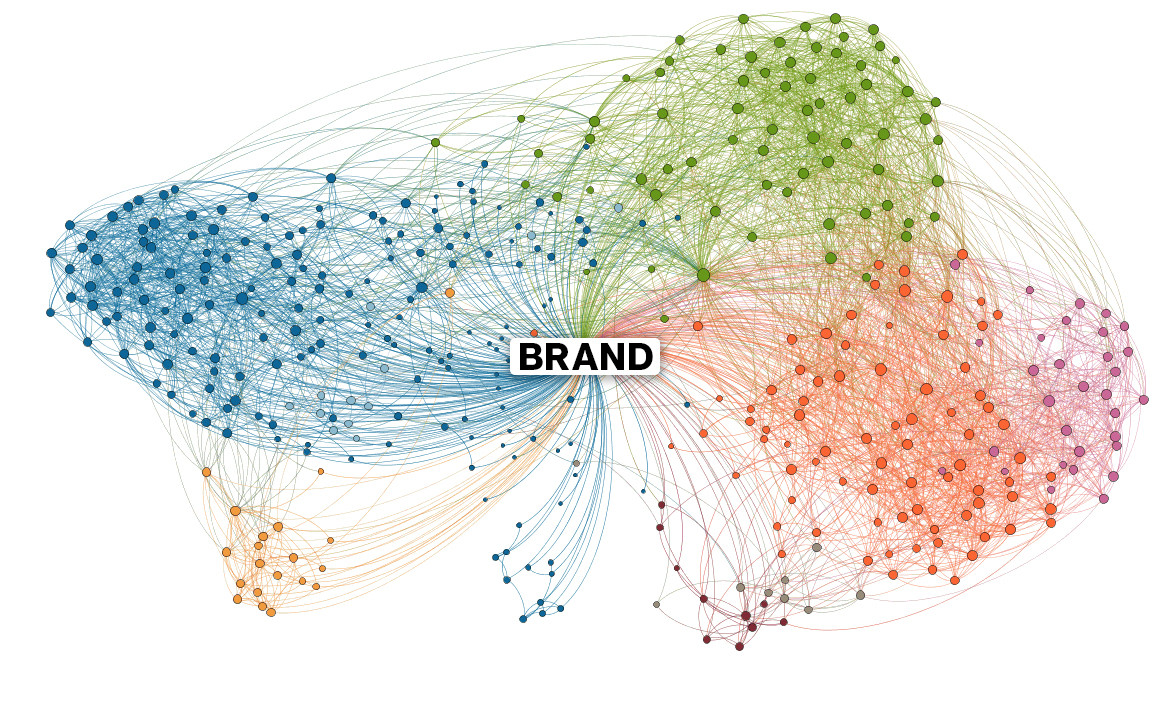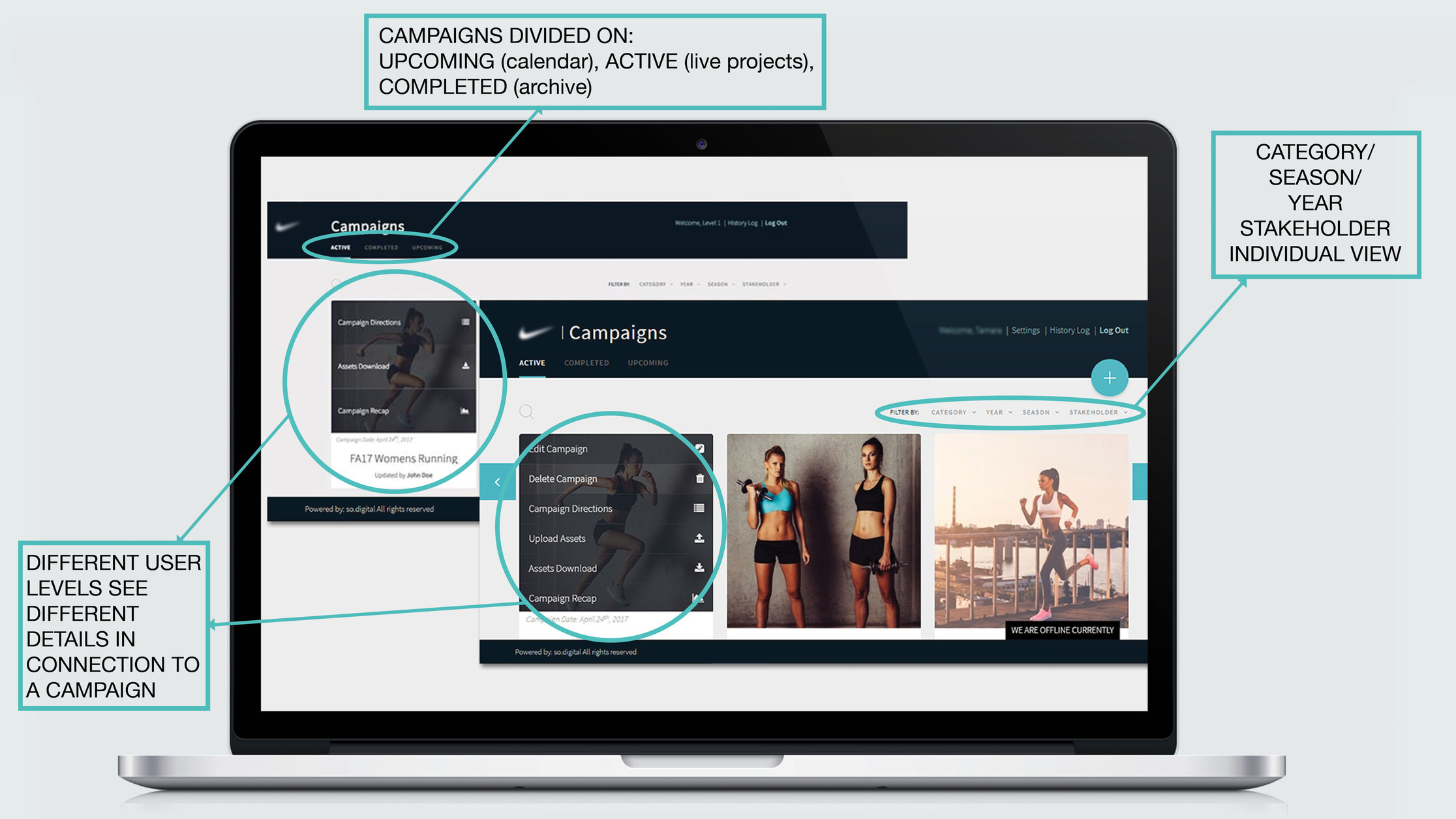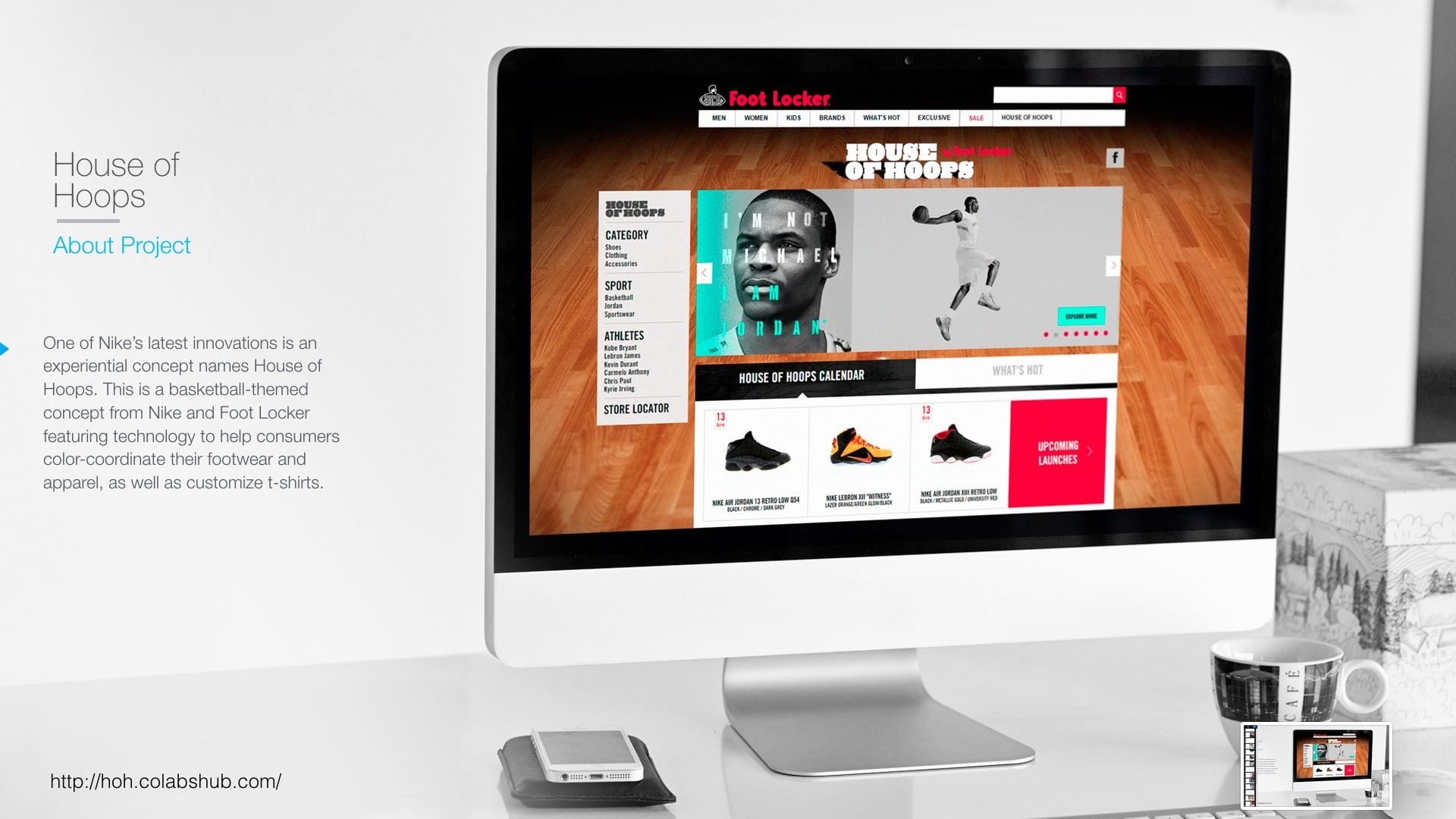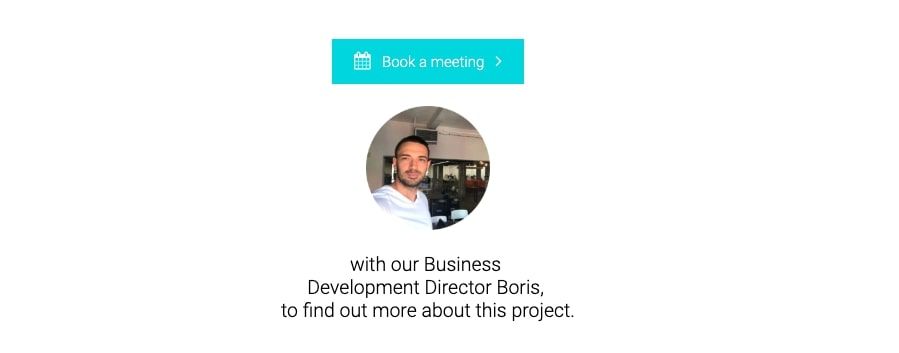We help brands drive internal capability, operational and executional improvements to achieve excellence in brand, creative and e-commerce strategy execution. Providing services and solutions across strategy management, internal enablement, capability building and executional support provision.
Flagship clients
 (EMEA) 14 markets
(EMEA) 14 markets
 (EMEA) 47 markets
(EMEA) 47 markets
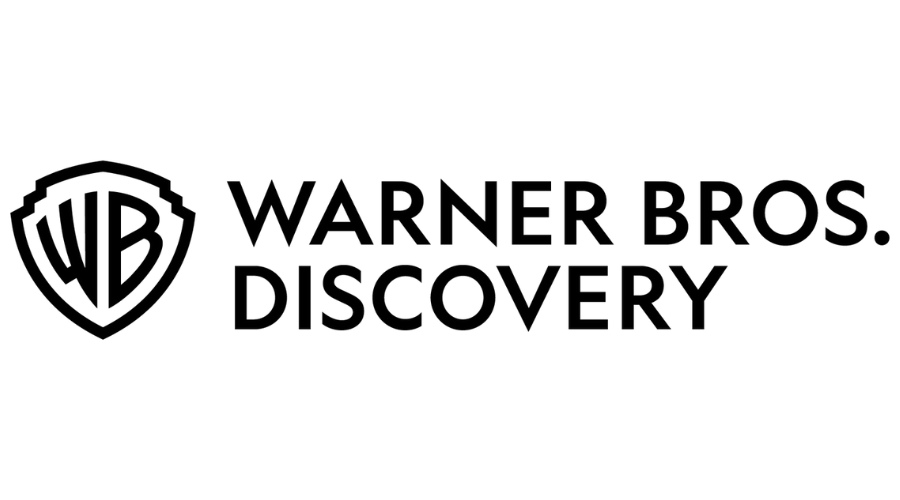 (EMEA) 17 markets
(EMEA) 17 markets
 (WHQ)
(WHQ)
Managing Brands over Time and Geographies, Centralisation of Digital Brand Management and Global Brand HQs' Capacity and Process Gap
Managing brands over time is one of the biggest tasks and challenges of brand professionals. Environments in which brands exists - consumers and their habits, perceptions, values and mindsets are never idle. They are in continuous and perpetual change. Some are controlled such as changes imposed by marketing programs of brands themselves, which transform the consumer brand knowledge in certain, desired directions. Others are completely outside of brand managers/directors control as they are induced by external environment - other market players, competitors but also non-competitors which influence (our) consumers and (our) brand knowledge and expectations. One rule for modern branding is that brands can never stand still. Brands must constantly be moving and desirably moving forward. Looking at the element of time and managing brands over time, the main source of challenge is the pace of change. Due to digital, things are now changing faster than ever in the marketing or brand's environment and dimensions of change became not two or three, but multi-dimensional or betters said simply - digital. Maintaining consistency, while staying relevant in changing times is THE challenge for managing brands over time. Only bigger challenge than managing brands over time would be managing them, as well, over geographic boundaries and market segments with digital in play. And this only starts to describe the challenge of global brand management in a changing digital environment.
Centralisation - moving (digital) brand management from territories/local units to central or headquarter teams seems to have picked up the pace
Global brands, especially in FCMG and CPG, seemed to grew up as fans of the localisation strategy, Having a global portfolio of brands, establishing a brand hierarchy to satisfy different market segments and develop brand migration strategies to attract new customers while retaining existing ones, localisation playes a big role. Most if not all brand adaptations and translations were left to countries and territories as they were closest to the market and thus were able to respond best to their market needs. With rise of digital, however, even from just the level of corporate website, which are mostly managed and operated centrally, this - 'opposite' direction seems to have been acquiring pace, moving (digital) brand management from territories/local units to central or headquarter teams. The reasoning behind this 'wawe', which we observe as well with our HQ clients, is multi faceted. But, the common denominator is digital induced marketing environment change - its characteristics and both direct and indirect organisational implications. Namely, with digital as a channel there is, unlike say trade or retail brand management & marketing, ability to scale easily.
Namely, with digital as a channel there is, unlike say trade or retail brand management & marketing, ability to scale easily.
Scalability is a characteristic of a system, model or function that describes its capability to cope and perform well under an increased or expanding workload or scope. A system that scales well will be able to maintain or even increase its level of performance or efficiency even as it is tested by larger and larger operational demands. Business wise 'growth' means adding resources at the same rate that you’re adding revenue, while 'scaling' means adding revenue at a rapid rate while adding resources at an incremental rate. So, from economic perspective, movement of customers' attention to digital touchpoints and channels enabled scaling of digital brand management and digital brand marketing. A centrally run headquarter function or team could now easily scale - expand coverage of the number of countries with only incremental costs. Or with only incremental costs perform total global markets level functions.
A centrally run headquarter function or team could now easily scale - expand coverage of the number of countries with only incremental costs.

Cost and efficiency gains from centrally managing digital brands were also one of the driving forces to increasing centralisation of brand management. Having a centrally assembled team that runs global operations saves both time and budgets rather than having multiple national teams working with different vendors / agencies. It prevents duplication of work, and duplication of costs. Given that with digitisation of consumers' 'path to purchase' majority of brand touchpoints have standardised dimensions and formats they can be easily produced centrally, fitted with language adaptations and distributed from headquarters to countries in case they can't be deployed centrally.
Cost and efficiency gains were also one of the driving forces of centralisation of digital brand management
Brand consistency on digital channels and digital brand touchpoints is another major gain. Often different countries would adapt certain brand campaigns differently while digital customers cross freely across country/national boarders. In those cases same digital consumer that just hops with a click from country to country website would be exposed to different brand creative, messaging and pricing. Looking at integrative and globalisation forces, as well as rise of eCommerce, there seems to be no reason whatsoever to leave digital brand management and execution to local units. However, once centralised new capability challenges for HQ teams arise.
With speed of "Rise of Digital Brand Touchpoints" HQ teams are often under-capacitated to execute consistently across countries, partners, devices and dimensions. Formula for creating, executing and managing digital band expressions becomes exponential (Countries x Partners x Languages x Devices x Dimensions = Digital Brand Consistency) and this is the part that feels overwhelming for most teams. Growing workload isn't reflected in equally growing headcount.
Outdated organisational design and workflows within HQ environments, combined with non-existence of internal digital enablement and scaling teams created a double jeopardy for headquarter brand marketing teams. Organisational design and organisation of work - how people work, collaborate, communicate across teams and geographies was and is set up for much slower pace of work. At the same time internal digital enablement and scaling teams did not and still do not exists to help brand marketing teams incubate new digital technologies, ways of working, to better manage both changing scope and increasing load of work. To manage brand touchpoints in an increasing digital environment, brand manager needed to up-skill on technical expertise - knowledge of new media formats, communication platforms, and digital media production processes, while at the same time manage a growing workload and new organisational set up - centralised brand and execution management.

Taking over previous responsibilities of country teams for management and execution of local campaigns, especially in part of centralised production and distribution of brand assets, while being digitally disabled - using excel sheets to keep track of brand execution, customer journeys, assets, dimensions, copy etc. mean one thing - email chaos, asset chases, and late nights at the office.
Outdated organisational design and workflows within HQ environments, combined with non-existence of internal digital enablement and scaling teams created a double jeopardy for headquarter brand marketing teams.
Solving the Capacity and Process Gap of Centralised Digital Brand Management and Execution
- Understanding the context
One thing people fail to realise is that newly found central marketing and brand digital teams and departments in global brand headquarters are actually start-ups that innovate. Eric Ries, author of a bestselling book "Lean Startup" defines a startup as 'a human institution designed to deliver a new product or service under conditions of extreme uncertainty." Startups are designed to confront situations of extreme uncertainty and by this uncertainty author implies uncertainty within multiple levels of organisational functioning such as HR practices, lack of process, lack of predictable outcomes and definitely, lack of knowledge about the future. To avoid chaos and ensure viability operations of today and ensure scalability for growth of tomorrow, successful startups have three types of teams : founding team, scaling team, and growth team.
The scaling team focuses on implementation of new and scalable ways of working and scalability of internal operations
While founding team focuses on strategy and vision, growth team on acquisition of new customers, the scaling team focuses on implementation of new and scalable ways of working and scalability of internal operations - those which will need to work under increased workload.
Digital brand and marketing teams at headquarters of global brands also need to have a scaling team
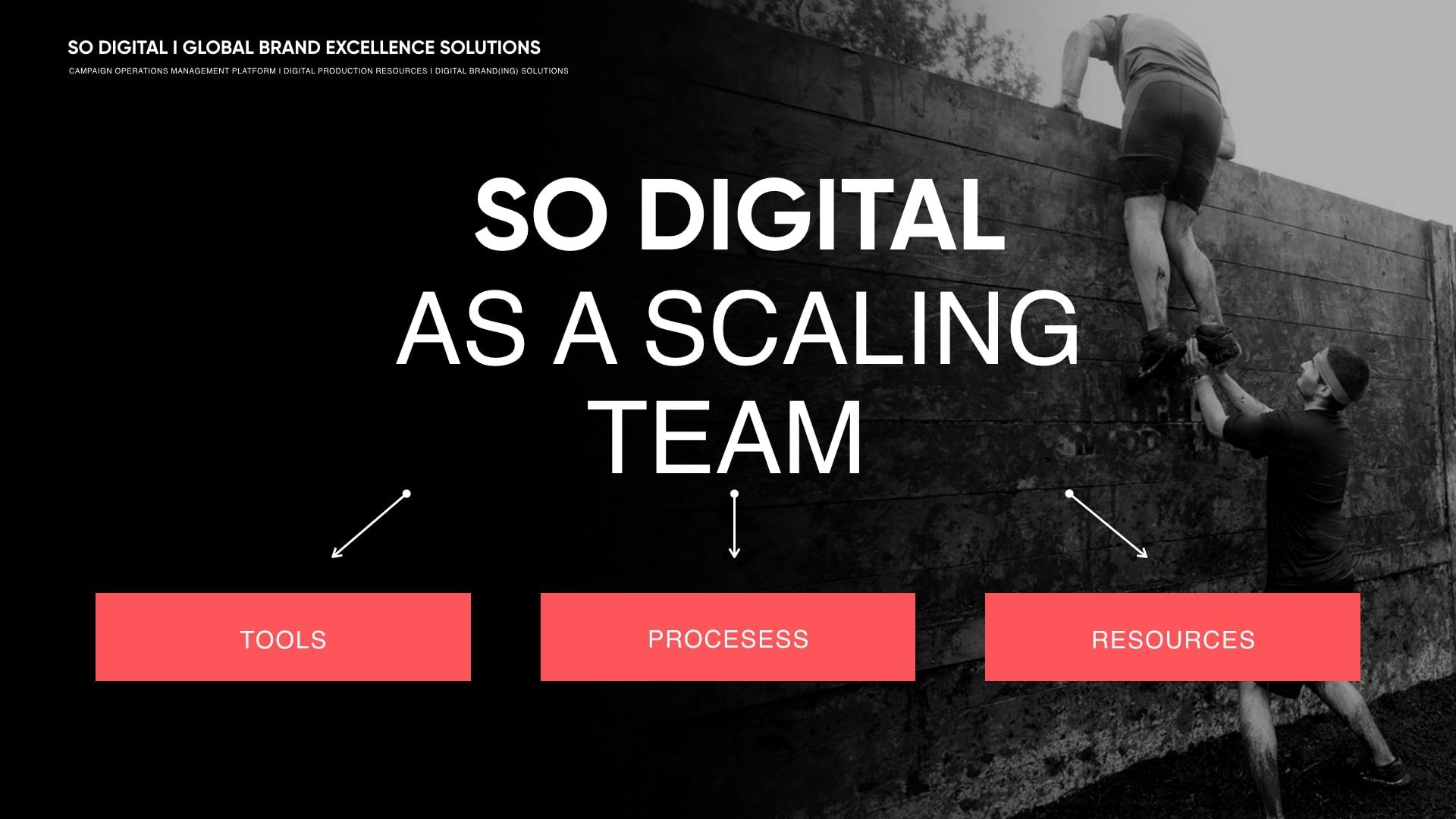
Digital brand and marketing teams at headquarters of global brands also need to have a scaling team - team that will focus and help them work more productively, create scalability by infusion of technology enabled ways of work, and enable them to reach the goals of tomorrow, while they themselves focus on goals of today.. Currently your internal team members are probably overwhelmed by managing today's operations, so they don't have time to work both for today - achieving current KPI's, launching campaigns, and for tomorrow - work on system integration, scaling of workflows across teams, business process creation, research tools that will help them work more efficiently in the future. Brand marketing teams at headquarters of global brands need help, get them some help.
- Getting the right type of help
For Agencies formula for revenue is Revenue = Headcount x Hours. Incentive is to add Hours and/or Headcount - work slower, not faster.
Centralised digital brand management and execution creates at least two types of problems : lack of capacity at headquarters - for example in digital production or digital brand content creation and lack of process - ways of working both within headquarters but more importantly with countries and markets that these central teams are supposed to serve. Capacity gap in terms of digital brand content production is wrongly attempted to be solved by hiring marketing or digital agencies, as their underlying economic incentive isn't to work faster or more productive, but quite the opposite. For agencies formula for Revenue = Headcount x Hours. This means there's an obvious incentive to either increase the Headcount or Hours to get to a higher revenue. Resulting they actually work slower, not faster - more people, more hours to get the job done. This translates that agencies themselves do not have an incentive to work more productively or faster, as within traditional model that would decrease their revenue. Instead, they have an incentive to add more roles, to bulk up hours, in order to get more revenue. This is evident in cost estimates with seemingly endless roster of roles that are similar to each other. Sometimes, these roles are just made up while the work is being done by essentially same person.
This is evident in cost estimates with seemingly endless roster of roles that are similar to each other.
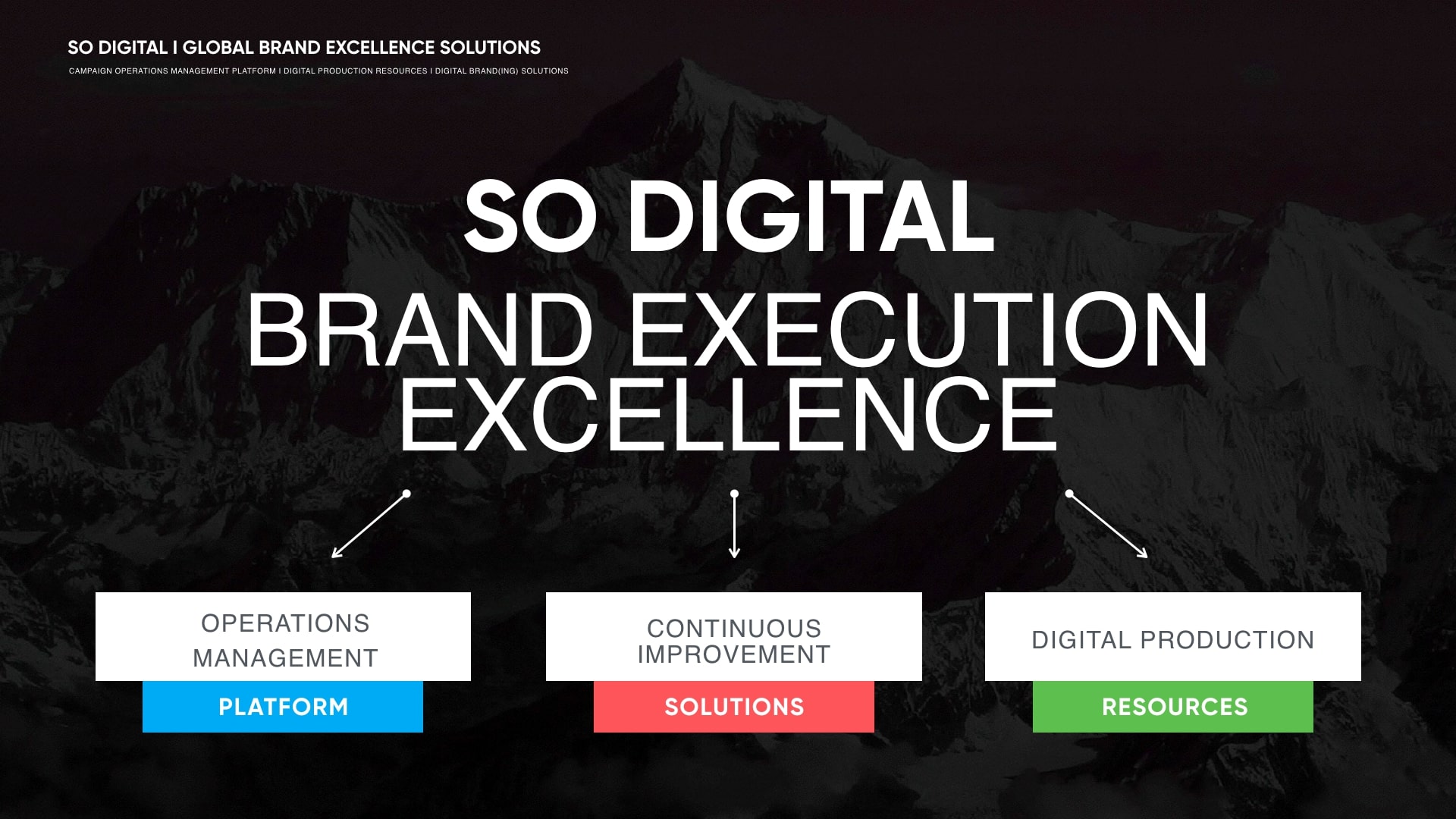
In-housing of capacities is often viewed as best solution, but depending on the time perspective, it also might not be optimal one. Most global organisations have very fixed FTE ratios and shareholders and stockholders dislike inflating these, so there might be financial and administrative obstacles to hiring new teams. Also, just brining in more people without due digital enablement and process establishment and enforcement might actually make things worse. With more people, without clear technology enabled process implementation you might end up with more chaos - as with number of participants the number of interactions between them increases and complexity rises. This is how (In)visible Millions : Complexity Cost of Global Branding Execution are created.
Just brining in more people without due digital enablement, process establishment and enforcement might actually make things worseSO DIGITAL GLOBAL DIGITAL BRAND IMPLEMENTATION EXCELLENCE
SO DIGITAL GLOBAL DIGITAL BRAND IMPLEMENTATION EXCELLENCE service helps headquarter brand marketing teams set up, operate and continuously improve a scalable centralised digital brand execution support system that efficiently manages heterogenous brand content demands from stakeholders across countries. Our service merges technology that creates structure both on supply and demand side of brand content relationship between headquarters and countries with scalable and cost-efficient digital brand production resources. Together they compose a support system that is able to effectively handle wide range of digital brand content needs.
Platform architecture represents a tiered digitalised brand content supply chain system that resides on predefined user level roles and needs, assigned platform and campaign process phase views, mapped out stakeholder/partner brand touchpoint specs, brand directives and 3rd party productivity tools. it divides brand execution on planning, execution and reporting phases providing complete visibility and transparency into progress across the organisational levels (hq-country-retailer) thus optimising and aligning execution time.
Unlike traditional agencies, our business model and value proposition is tailored made for headquarters of global brands facing capacity and process gaps of centralised global branding execution. Our relevant client cases include Nike EMEA - Digital Brand Wholesale.com team - digital production and scaling of operations for 14 Western Europe markets and Uber EMEA digital branding support and scaling of creative brand support towards 47 countries and marketeers
- Nike EMEA - Digital Brand Content Production Support + Digital Brand Execution Scaling and Optimization
Digital Brand Wholesale.com - newly formed, almost start-up like, team was tasked with continuous digital brand enablement of category’s growth and sales targets with individual and group accounts across Western Europe. To be able to operationalize brand strategy execution in a context of a complex global organization implementing centralized global branding and diverse and extensive network of wholesale partner network there were two significant structural transformations to be made. First, centralization of digital brand management and execution and, second, tiering of wholesale partner’s branding support.
Operationalising the centralised execution of digital brand strategy through tiered production support of Nike’s wholesale.com partner accounts across Western Europe markets was the main role of SO DIGITAL. Successfully navigating the complex ecosystem of categories, products, brand, brand managers, brand directors, country managers, and retail account needs with array of digital brand products tailored to each account's specs within tight campaign launch timeframes was the main challenge of our position. High volume, high stakes, intense communication, coordination and alignment across vertical levels of organization to sucesfully launch new product releases and support them with digital assets on time and on brand across 14 markets and across 50+ partners was our daily work context.
- Uber EMEA - Digital Brand Content Production Support + Digital Brand Execution Scaling and Optimization
At the end of 2016, in order to continue its scalable global growth, UBER centralized digital brand marketing campaign management operations in Europe, Middle East and Africa. This in effect meant that a new team was being formed in Amsterdam UBER EMEA headquarters that was to takeover some of the functions from countries and marketing managers in countries.
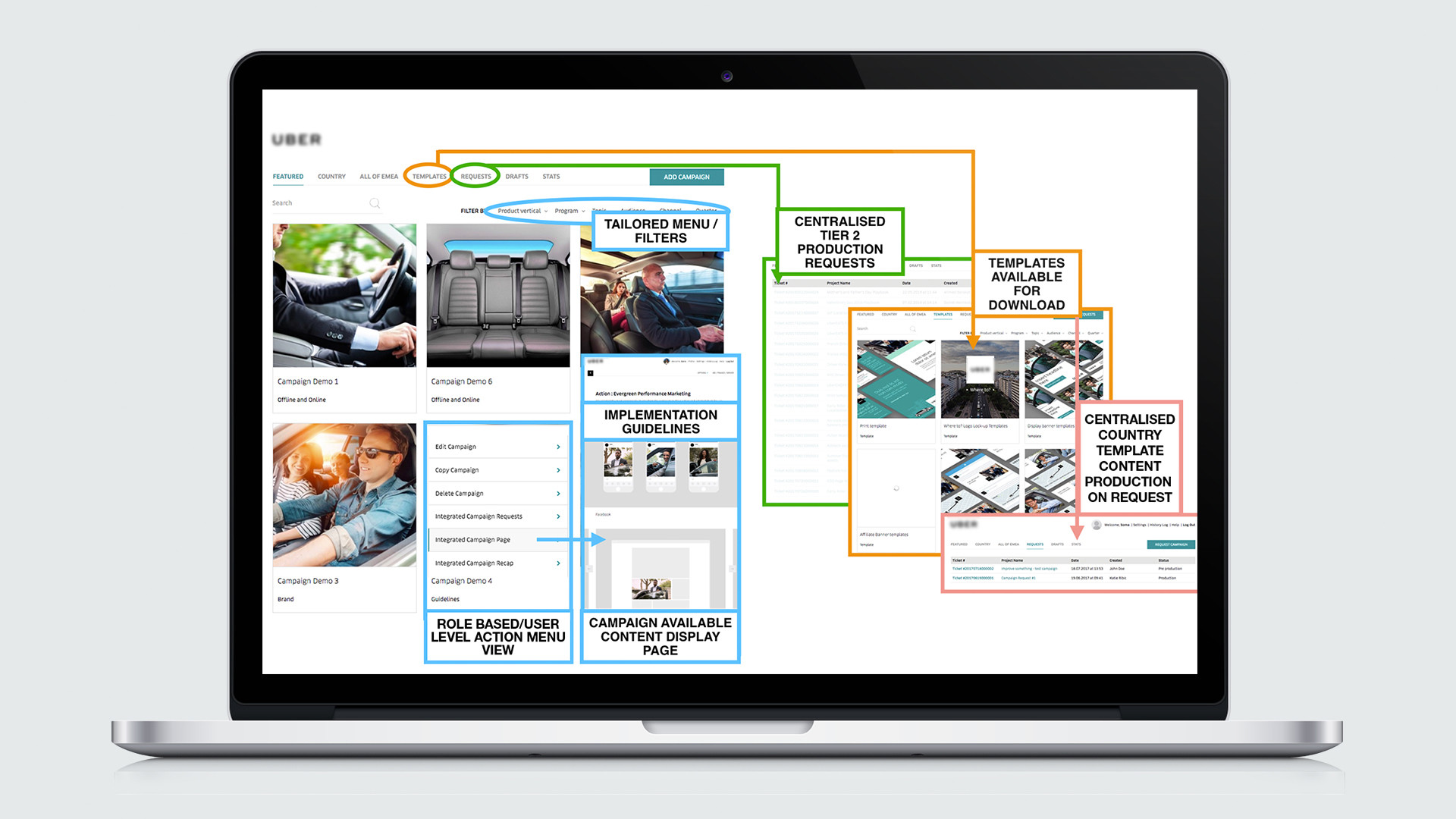
Much like in our Nike EMEA use case, centralizing digital brand marketing campaign management was driven due to budget rationalization reasoning, but also growing digital brand consistency across the markets. For a while EMEA team was internally handling some of the request for marketing materials and activations that they started receiving from countries within a new cooperation framework, but soon experienced both resource challenges and alignment and coordination challenges that were hampering their day to day operations.
In search of additional capacity UBER EMEA invited SO DIGITAL to provide digital production support. Learning in the process of our Platform solution, UBER realized it's potential in solving the country coordination, country campaign visibility, brand alignment and resource capability for centralized digital brand campaign operations and centralized campaign production context they found themselves in.
Our solutions leverage technology to systematise and simplify market-by-market visibility and availability of brand approved campaign directives and brand content while providing scalable digital production support resources for tier 2, tier 3 content design execution and/or adaptation requests by markets / stakeholders.
To digitally enable brand marketing professionals to manage challenge of digital branding in a changed marketing environment, branding software technology tailor made to an organisation’s operative model is coupled with responsive customer service that operates with 1 hour turn-around & response times
Contact us today for a no-commitment walk through of SO DIGITAL platform solutions implemented for clients like Nike EMEA and Uber EMEA.
--------------------------------------------------------------------------------------------------------------
References :
Ries, E. (2011). The lean startup: How today's entrepreneurs use continuous innovation to create radically successful businesses. New York: Crown Business.Ries, Eric.
Boris Ziegler, " Rise of Digital Brand Touchpoints" https://www.linkedin.com/pulse/rise-digital-brand-touchpoints-boris-ziegler-msci-/
Boris Ziegler , " Global Brand's Digital Consistency Challenge" https://www.linkedin.com/pulse/global-brands-digital-consistency-challenge-boris-ziegler/
Boris Ziegler, "Disconnected : Local Implementation of Global Brand Creative" https://www.linkedin.com/pulse/disconnected-local-implementation-global-brand-creative-boris-ziegler/
Boris Ziegler , "Country Brand Content Request Streams : Gasping for Air" https://www.linkedin.com/pulse/country-brand-content-request-streams-gasping-air-boris-ziegler/
